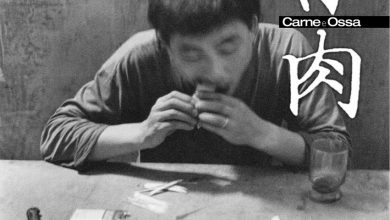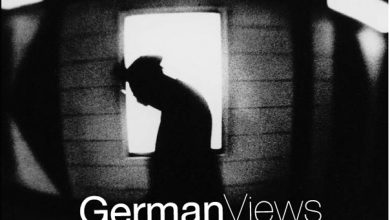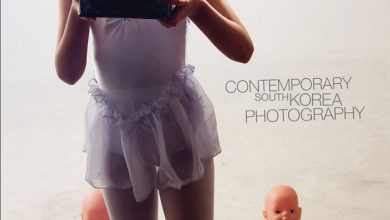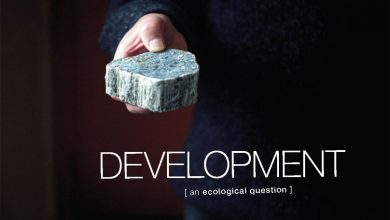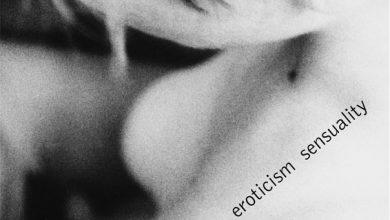
Buy PRIVATE 21 [T]he idea for this project sprang from a meeting that we had with the professors of the Accademia di Belle Arti di Venezia, Maurizio Giuffredi and Guido Cecere. What emerged from the meeting was a desire to work together to produce an issue of private that would be dedicated to photographic self-portraiture as seen in the work of the students of Italian and European Art Schools.
I see myself therefore I am not?
[…] Why do a self-portrait of yourself and what’s more with a camera? Why do you have to confront yourself with an image of a face or a body that does not coincide with that face or body that you, quite rightly, think you have? The strange fact is that our face is daily lavished on others, and for those who are closest to us it becomes familiar, a unique crystallization of our name, a blueprint of our identity. However when it becomes firmly fixed in a rectangle of photographic paper it can become unrecognisable, disturbing, alien, an illegible hieroglyph that makes our sense of identity wave; in a word, the complete opposite of familiar. If this happens (and it happens!) there quite unexpectedly surfaces in us that child who finds himself for the first time in front of a mirror and does not recognise himself. Feeling at loss, he tries to understand who the other, strange child is (never seen before) who shows himself from behind a sheet of transparent glass.
With time that stranger comes to be accepted as an image of himself, not because the child recognises himself but because he is told that that is his image. Here then the discovery of the mirror prefigures, through the image, what will be the alienating destination of the self (Lacan). On the other hand, the mirror is only a sketch of the picture-image that the others have of us. An image that is always in some way mysterious for us and in conflict, which can never be completely resolved, with the picture-image that we have of ourselves. A potential oddity that unavoidably occurs, even more than in the mirror, when faced with a photographic self-portrait. If in fact we feel imprisoned in the mirror, at least our image continues to move with us, immediately, and can conserve something of our desire for lightness. Whereas the prison of the photograph is a good deal narrower: in a fraction of a second we are captured and there, in that small (or great) frame, we become immobile and eternal hostages of ourselves. Moreover, conversely from the mirror, we only realise afterwards, when the processes of development and printing enable us to see ourselves. But even before then the alienation as compared to that of the mirror, is already greater in the first movement of the automatic release in which we become the “other” (the model) of ourselves (the photographer). […] (Maurizio Giuffredi)



